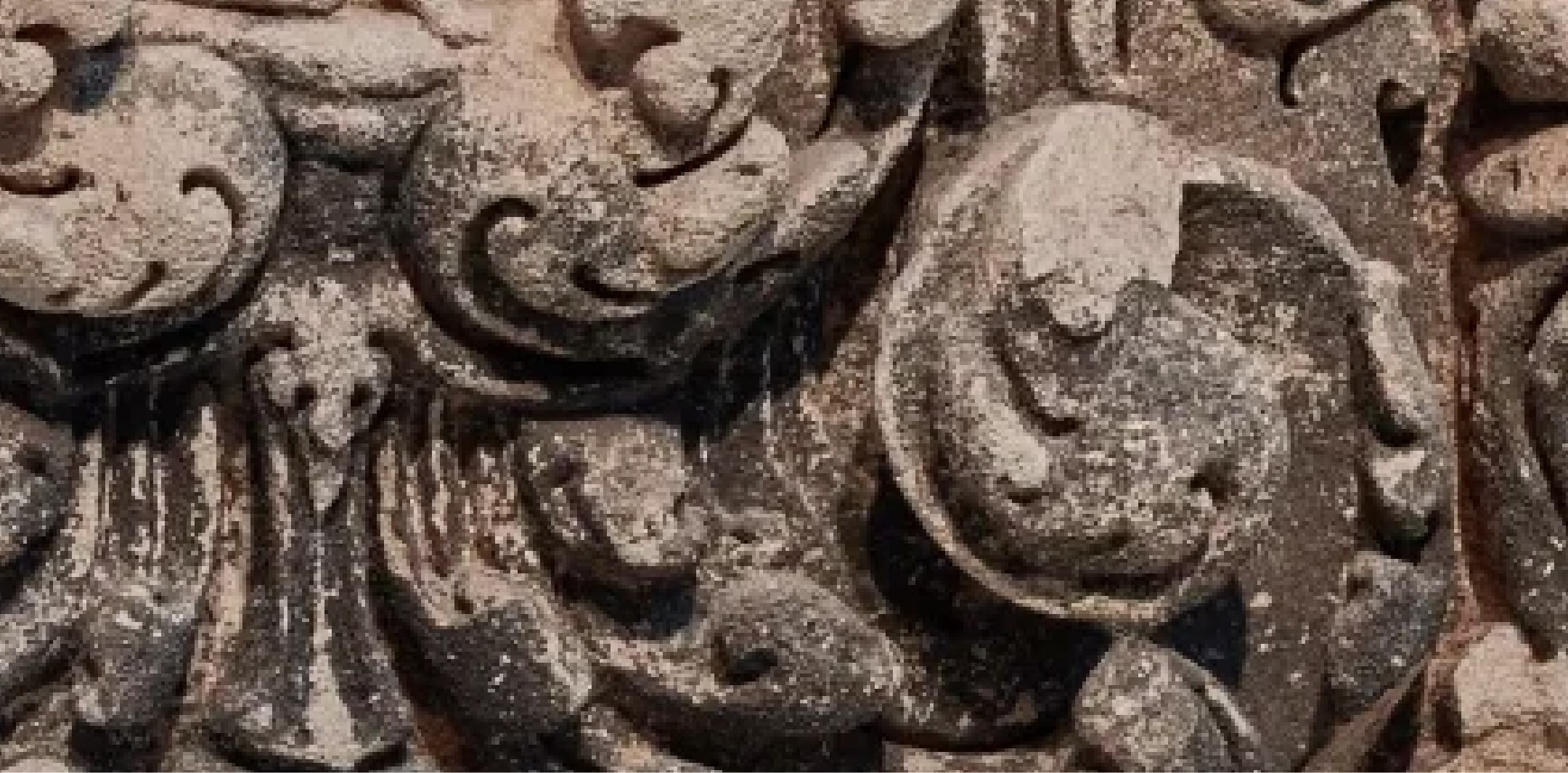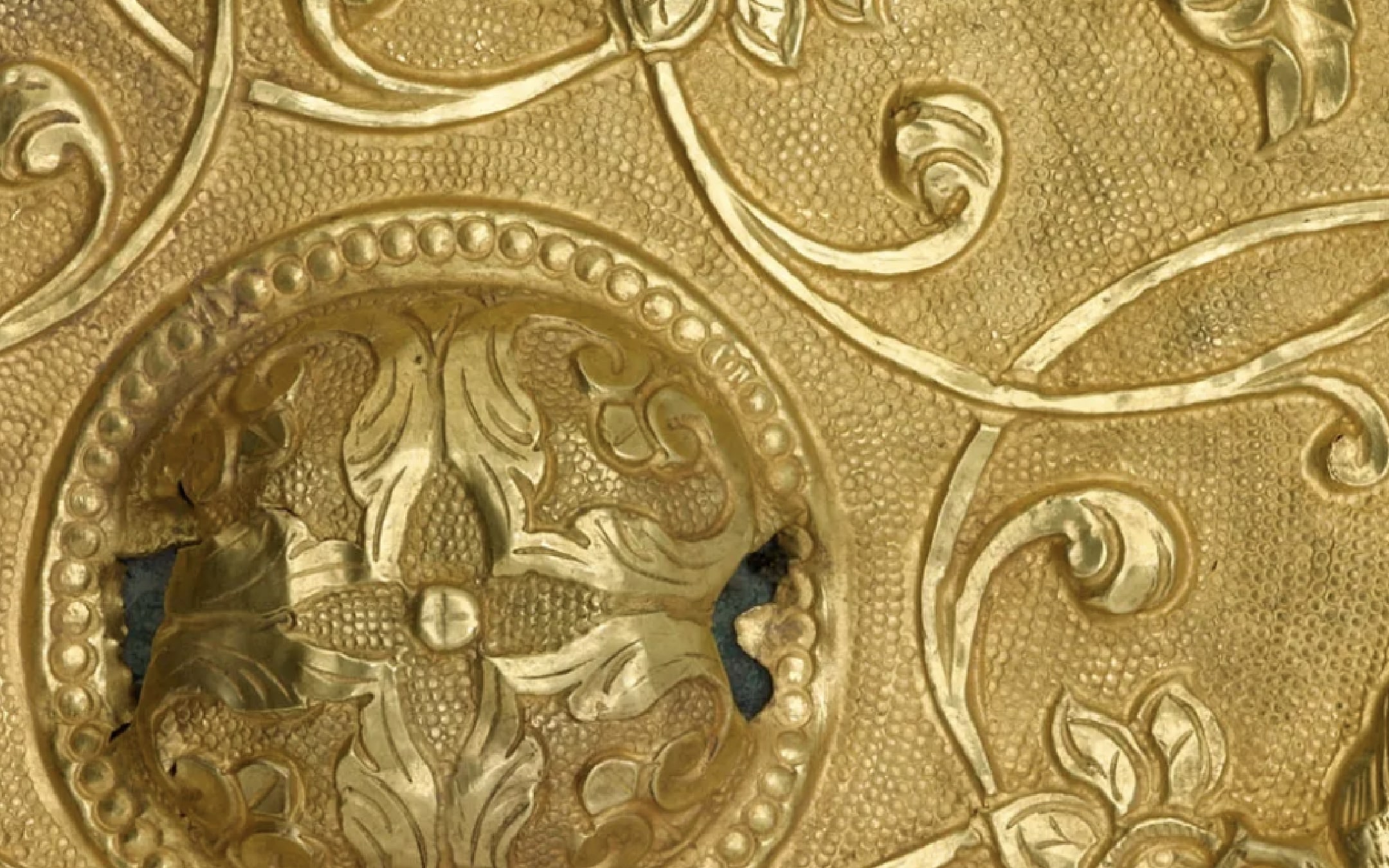Black Raku incense burner in "melon" shape

Terms of Use
Usage Conditions ApplyAt A Glance
-
Period
19th century -
Geography
Kyoto, Kyoto prefecture, Japan -
Material
Buff clay; black lead glaze, copper-red glaze accent -
Dimension
H x W: 9.7 x 9.7 cm (3 13/16 x 3 13/16 in) -
Accession Number
F1907.524a-b -
EDAN ID
edanmdm:fsg_F1907.524a-b
Object Details
-
Artist
Imitation of Ogata Kenzan (1663-1743)Kyoto workshop -
Description
Melon-shaped incense burner. Pottery cover with bird finial.Clay: earthenwareGlaze: Black Raku style. Reddish areas on shoulder and lid.Decoration: incised in glaze, revealing paste reserve. Melon leaves and tendrils. -
Signatures
Kenzan, incised in glaze near base. -
Provenance
To 1907Kita Toranosuke, Kyoto, to 1907 [1]From 1907 to 1919Charles Lang Freer (1854-1919), purchased from Kita Toranosuke in Kyoto in 1907 [2]From 1920Freer Gallery of Art, gift of Charles Lang Freer in 1920 [3]Notes:[1] See Original Pottery List, L.1537, Freer Gallery of Art and Arthur M. Sackler Gallery Archives. Charles Lang Freer's 1907 pocket diary shows that he visited Kita's store in Kyoto on June 17, after arriving in the city on June 15 (according to Curatorial Remark 7, Louise Cort, August 17, 2010, in th eobject record).[2] See note 1.[3] The original deed of Charles Lang Freer's gift was signed in 1906. The collection was received in 1920 upon the completion of the Freer Gallery. -
Collection
Freer Gallery of Art Collection -
Exhibition History
Knotted Clay: Raku Ceramics and Tea (December 9, 2023 - ongoing)The Potter's Brush: The Kenzan Style in Japanese Ceramics (December 9, 2001 to October 27, 2002) -
Previous custodian or owner
Kita Toranosuke (C.L. Freer source)Charles Lang Freer (1854-1919) -
Origin
Kyoto, Kyoto prefecture, Japan -
Credit Line
Gift of Charles Lang Freer -
Type
Vessel -
On View
Freer Gallery 20a: Knotted Clay: Raku Ceramics and Tea -
Restrictions and Rights
Usage Conditions Apply
There are restrictions for re-using this media. For more information, visit the Smithsonian's Terms of Use page.
The information presented on this website may be revised and updated at any time as ongoing research progresses or as otherwise warranted. Pending any such revisions and updates, information on this site may be incomplete or inaccurate or may contain typographical errors. Neither the Smithsonian nor its regents, officers, employees, or agents make any representations about the accuracy, reliability, completeness, or timeliness of the information on the site. Use this site and the information provided on it subject to your own judgment. The National Museum of Asian Art welcomes information that would augment or clarify the ownership history of objects in their collections.
Keep Exploring
-
Related Resources
-
Date
-
Name
-
Place
-
Topic
-
Culture
-
Object Type
-
On View

